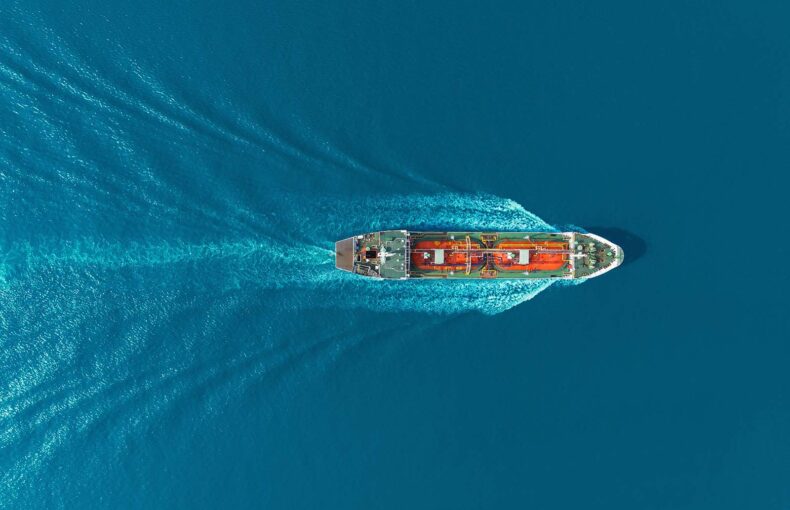How AIS data safeguards offshore infrastructure from risks
Recent incidents highlight vulnerabilities to offshore infrastructure.
Swedish investigators have determined that the Chinese vessel Yi Peng 3 severed two fibre-optic cables while dragging its anchor for nearly 100 miles along the seabed. One of the cables runs from Finland to Germany, while the other one connects Lithuania to the Swedish island of Gotland. These events have sparked political concerns in Berlin, Helsinki, and other NATO member state capitals.
Monitoring vessel activity in real-time
AIS data proves indispensable in protecting offshore assets like subsea cables, wind farms, and oil rigs. By providing real-time, detailed information about vessel locations and movements, it creates a dynamic maritime view that enables operators to monitor nearby ship activity and detect potential threats. This includes identifying ships approaching restricted areas and supporting timely interventions to prevent collisions or damage. AIS also aids in enforcing maritime laws by addressing unauthorized activities, such as illegal anchoring or fishing, and helps analyze traffic patterns to identify high-risk periods and implement preventive measures. These capabilities ensure both immediate protection and long-term risk reduction for vital offshore infrastructure.
Advanced risk prevention for offshore infrastructure
Beyond its monitoring capabilities, AIS data is invaluable for advanced risk prevention, including collision avoidance and the identification of suspicious behaviors. For offshore wind farms and other critical installations such as subsea cables and oil rigs, AIS can detect vessels on potential collision courses, allowing operators to issue timely warnings or notify authorities. It also tracks unusual vessel patterns, such as idling or irregular movements, which may signal emerging threats to infrastructure. These applications demonstrate AIS’s critical role in safeguarding offshore assets and mitigating operational risks.
Promoting environmental compliance with AIS data
AIS data also plays a pivotal role in promoting environmental compliance. By tracking vessel movements near offshore assets, it helps ensure adherence to regulations designed to protect sensitive habitats and designated protected areas. This includes monitoring shipping activities in ecologically vulnerable zones, enabling timely interventions to mitigate potential environmental harm. Such capabilities are crucial for maintaining the balance between maritime operations and environmental sustainability.
How AIS data supports investigations and enforces safety zones
Beyond immediate monitoring, AIS data plays a vital role in supporting incident investigations and enforcing exclusion zones. By tracking vessels that enter restricted areas, AIS enables prompt responses to unauthorized access. In cases of damage or disruptions, historical AIS records provide a detailed account of vessel movements, helping operators identify responsible parties and understand the sequence of events leading to an incident. This accountability fosters trust and collaboration among maritime operators and regulators. These functions underscore AIS as an indispensable tool in safeguarding offshore assets and ensuring their operational integrity.
 Written by
Written by


